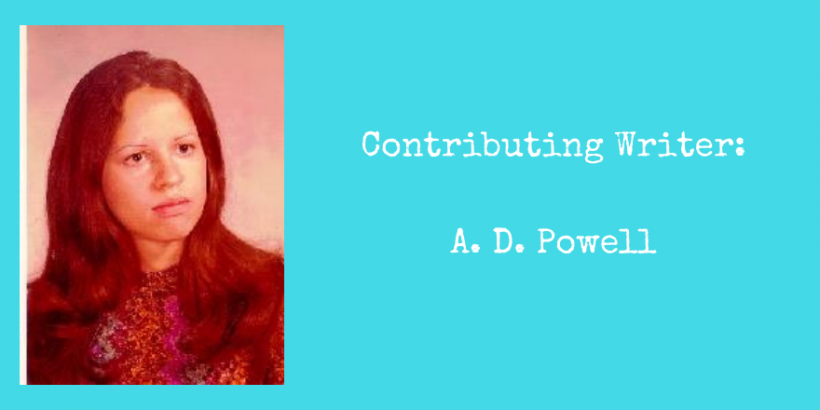This author doesn’t realize that the “diversity” industry she admires cannot accept her family’s multiracial identity because it is based on the myth that everyone in the U.S. can easily fit into the official “racial” categories. Everyone would be better off without it. She also blames “whites” alone for being slow to recognize multiracial ancestry. The “white” attitude she condemns is preferable to the black-identified mulatto elites who scrutinize every facial feature, strand of hair, and skin coloration for signs of the dreaded “black blood.”
Racial Identity in Balance
The Chronicle of Higher Education
By NAOMI J. MILLER
I consider myself multiracial. Technically, I am half Japanese, a quarter Czech, and a quarter English-Dutch. By definition, then, I am an “other” in American society. Or at least I am according to conventional definitions of race and ethnicity, which require people to check the box marked “other” when they don’t fit into one of the pre-established categories.
And yet, every day those of us who are multiracial live “outside the box,” as tired as that phrase may be. We are not “other” to ourselves. And we need not allow ourselves to be defined in contrast to, or in opposition to, an assumed standard of racial singularity. But we do need to educate those around us about the reality of feeling boxed in by definitions of racial identity that confront not only multiracial individuals, but every individual who checks a box whose category is not an adequate definition of his or her identity.


A.D.,
Uh, you realize that you’re completely wrong about the author’s statements. Clearly, she says that she does not like the pre-assigned boxes for categorizing people:
“My children have long resisted identifying themselves in the typical ethnic categories, to such an extent that my older daughter, filling out the box on the statewide aptitude test in middle school, chose to check a different ethnic identity for each day of the exam, depending on what group she felt like identifying with that day. When she told me this after the fact, I made an attempt to explain the importance to the state government of gathering accurate ethnic data, even as I completely understood and identified with the grounds of her resistance to such singular categorization.”